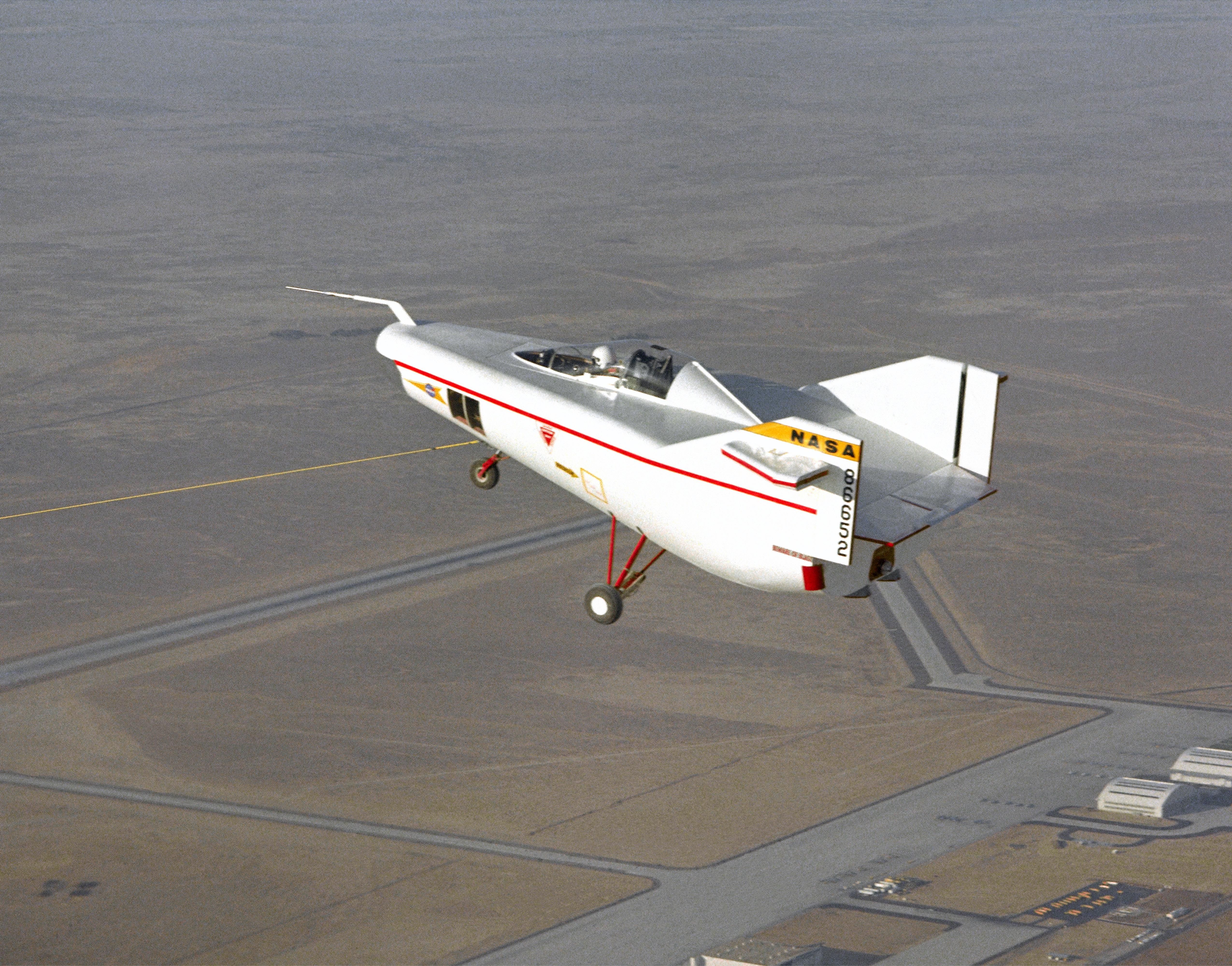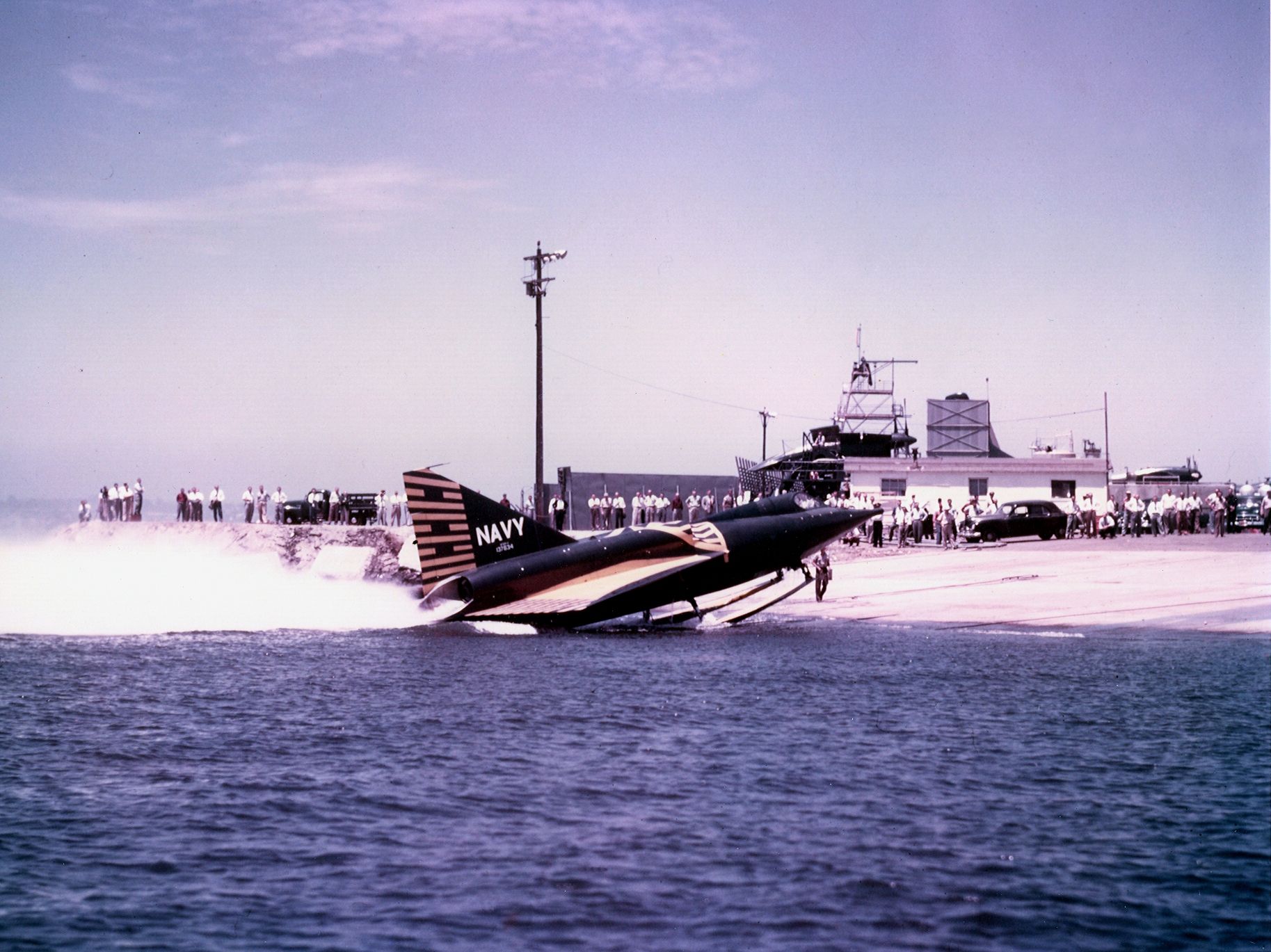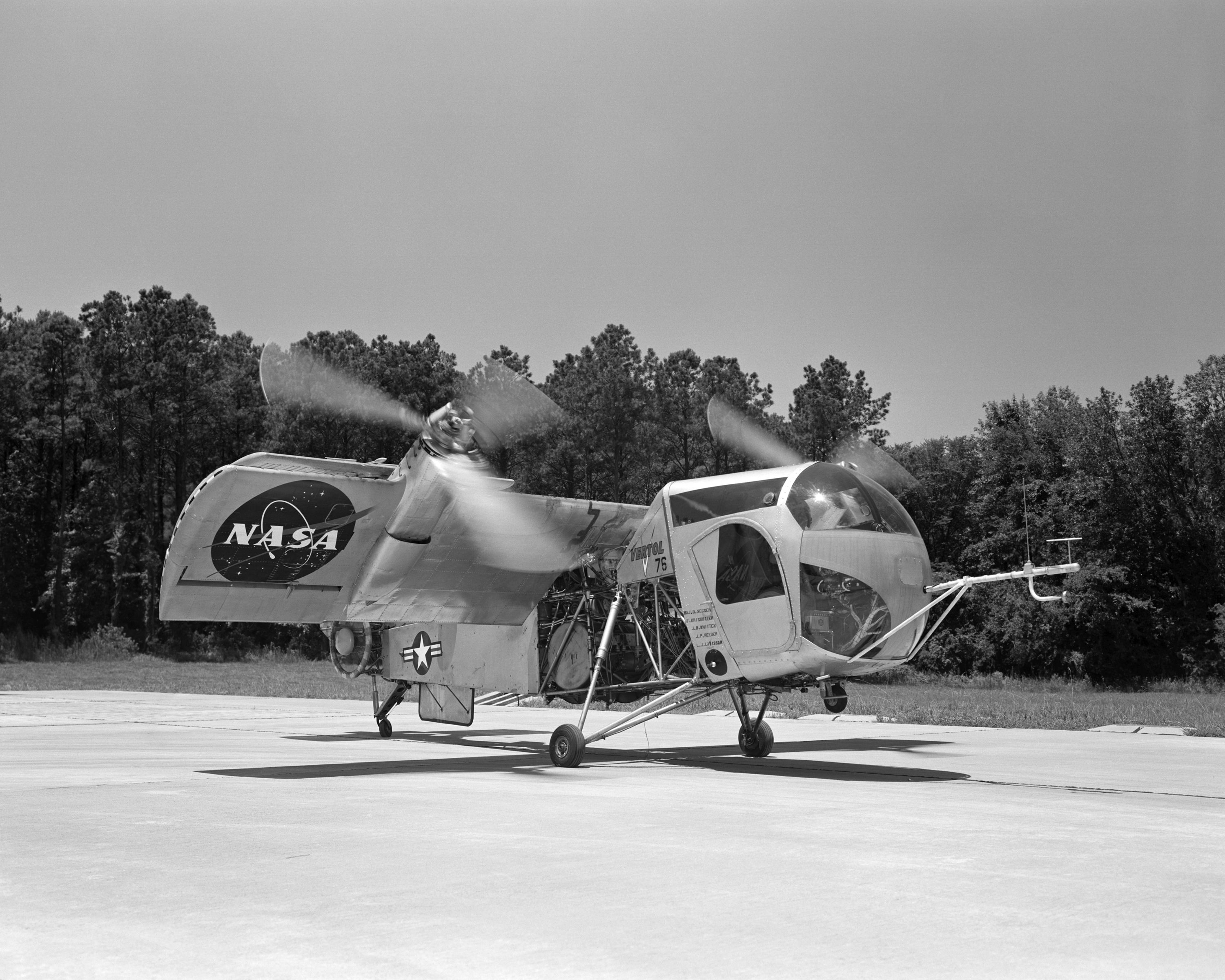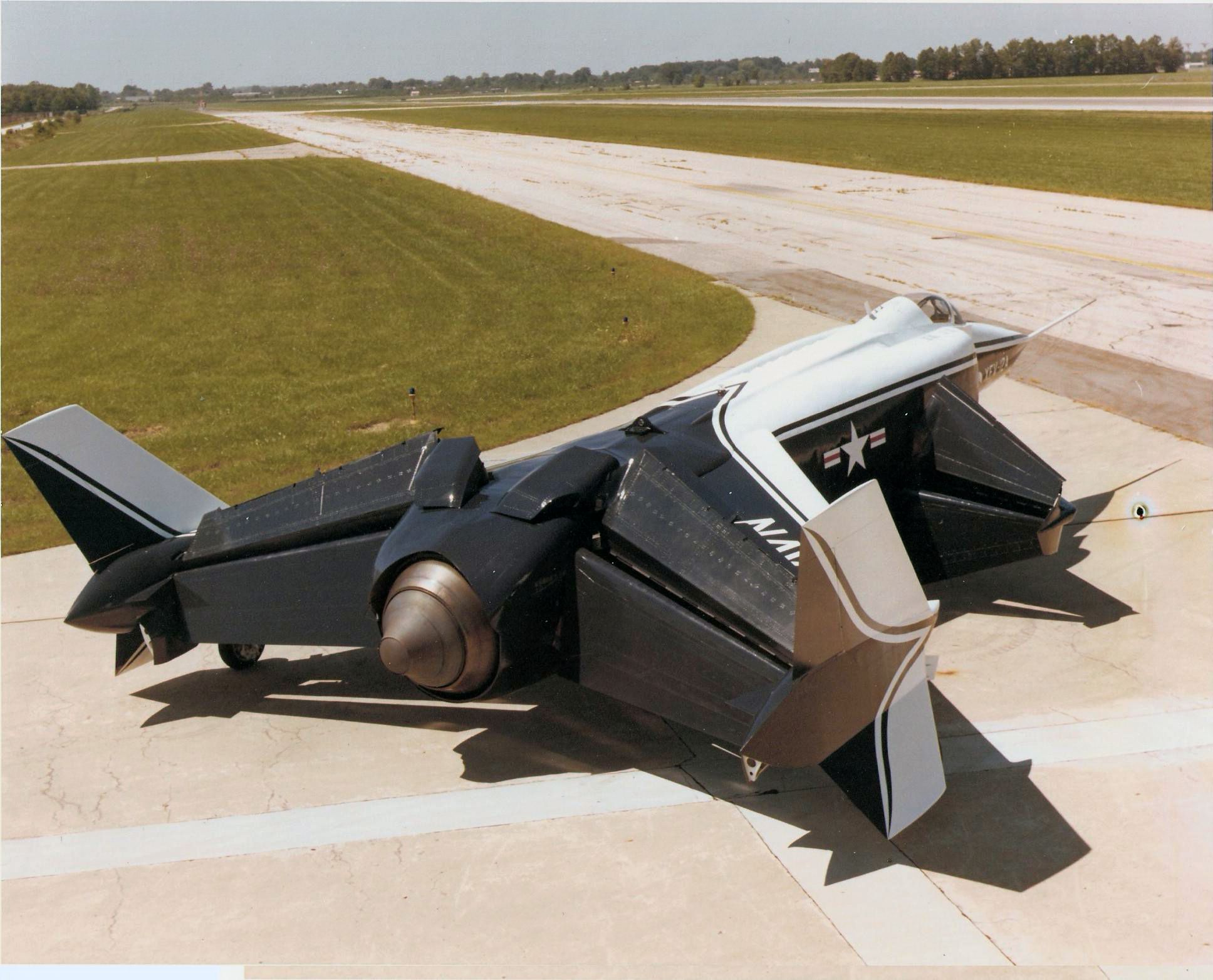Notable for their unique looks and design concepts.

When we think of prominent military aircraft, we might think of an Air Force or Navy fighter jet, a particular bomber, or perhaps one of the many impressive transporters that have made significant contributions to government forces worldwide. But, along the way, many strange flying machines have been produced in the name of research and progress. There are plenty to choose from as the “most” ridiculous, so this is undoubtedly a complex and subjective topic (as such, you may not wholly agree with this list); nonetheless, here’s Simple Flying’s top five weirdest military aircraft.
5F-117 Nighthawk
Lockheed is well-known for many reasons, one being its Skunk Works division, which assumes that an idea can come to fruition, no matter the mission. This rather secretive part of the company is responsible for producing multiple incredible works of engineering, but coming in at Number 5 for the strangest military aircraft is their F-117 Nighthawk.

Proudly boasting its status as the first operational stealth aircraft, it also features a unique shape compared to other planes made for the same role. Where the F-35 Lightning II and F-22 Raptor look like relatively standard fighter jets, and the B-2 and B-21 are essentially flat flying wings, the F-117 stands out with high jagged edges and a V-shaped silhouette. However, this does not downplay its importance; it was Lockheed’s response to the need for a fighter jet that could operate undetected. It flew approximately two and a half years after the contract was awarded in cooperation between the Skunk Works team and the USAF.
4M2-F1
In stark contrast to a flying wing with an obscure or no fuselage, flying bodies are, as they sound, a fuselage with little “wing.” One such example is NASA’s prototype “flying bathtub,” the M2-F1, to test and research a wingless aircraft concept.

Following production of the one built, test flights were facilitated by a Pontiac convertible moving at 120 mph (193 km/h) across Rogers Dry Lake, near Edwards AFB north of Los Angeles. It was retired and is now owned by the Smithsonian National Air and Space Museum, though it currently is on loan to NASA, where it is in airworthy condition, should the need arise.
3F2Y Sea Dart
Convair once married the ideas of a supersonic fighter jet and a seaplane to produce the F2Y Sea Dart in an attempt at problem-solving. The thought process was fairly reasonable during the 1950s; without the challenges of using an aircraft carrier to land and take off, a delta-winged fighter with retractable jet skis would be comparatively versatile.








